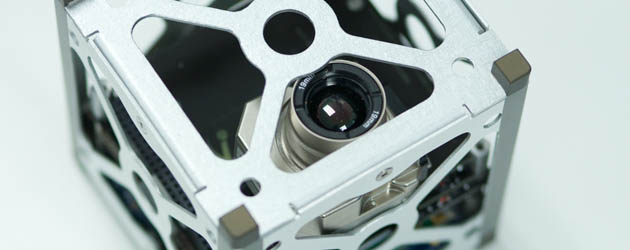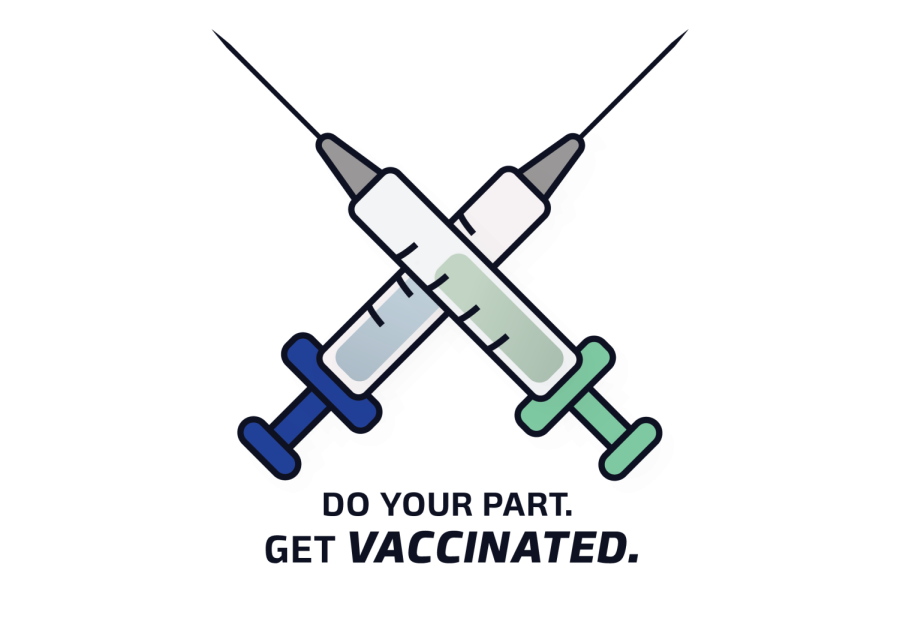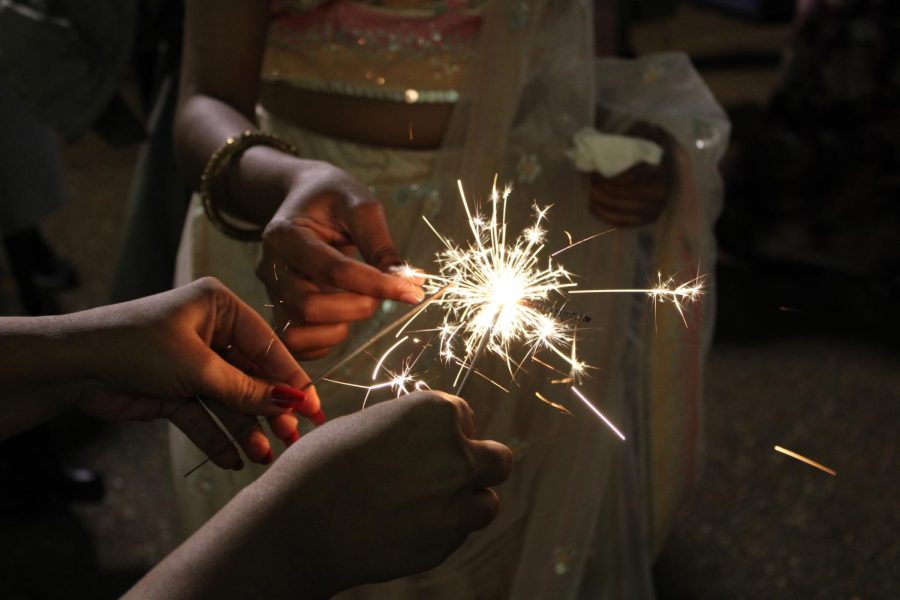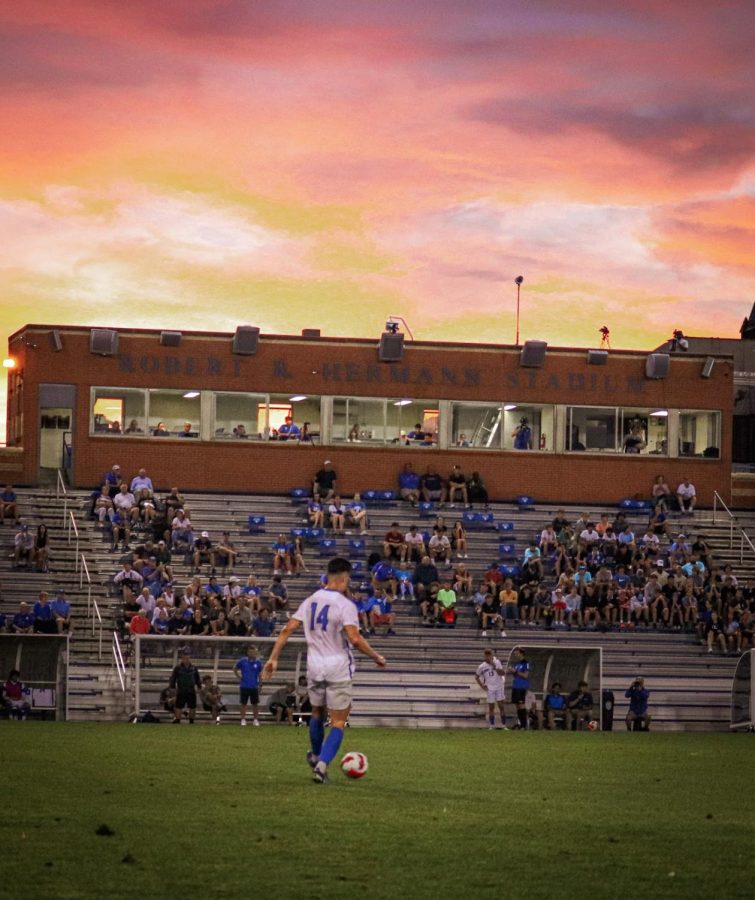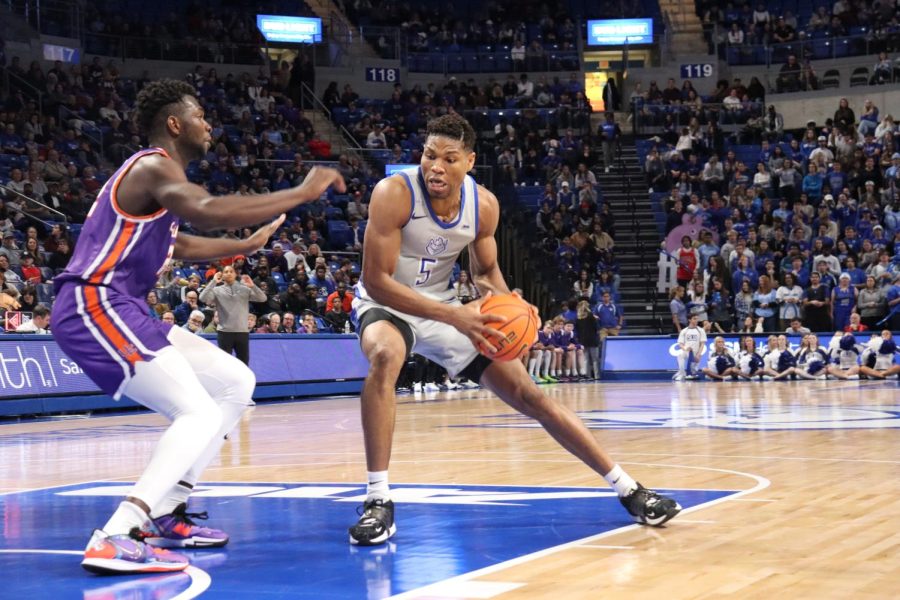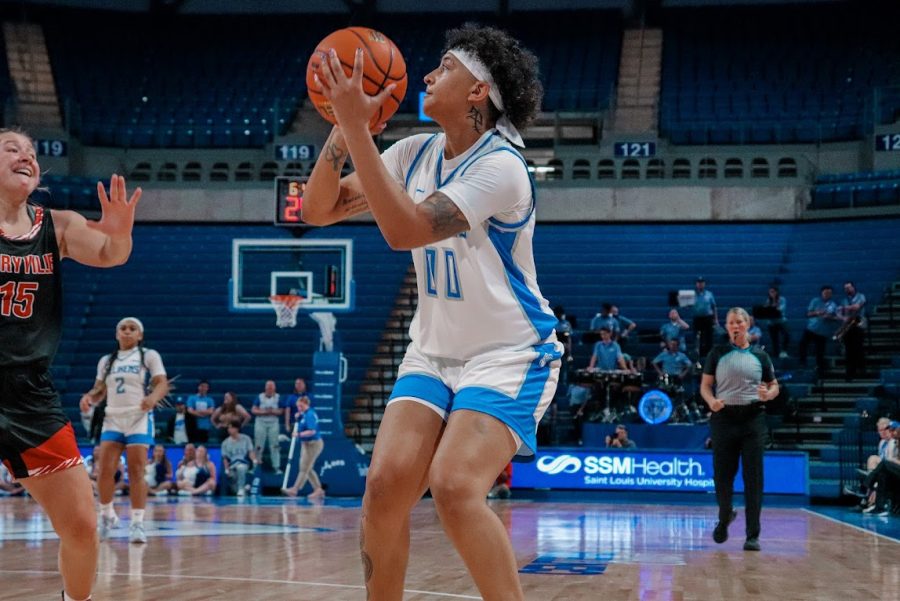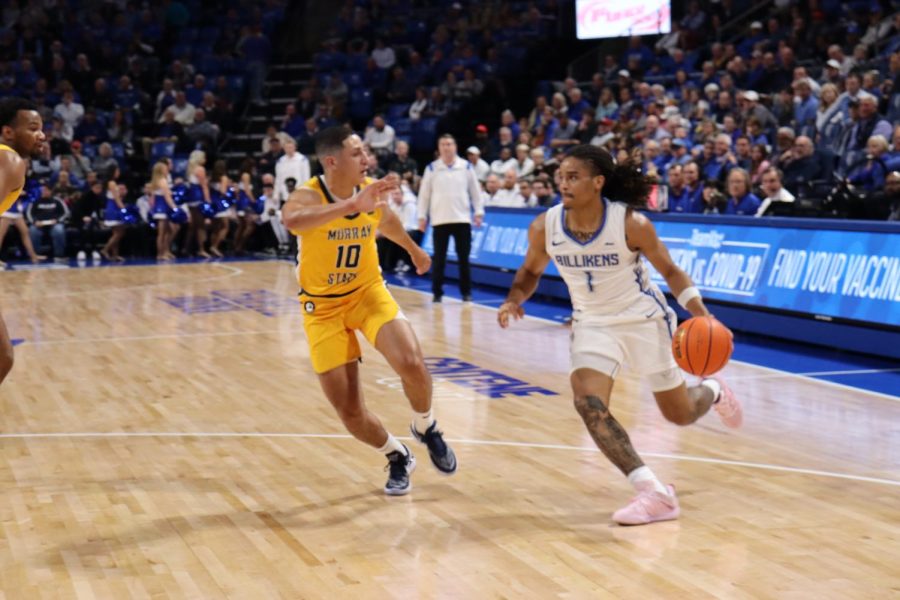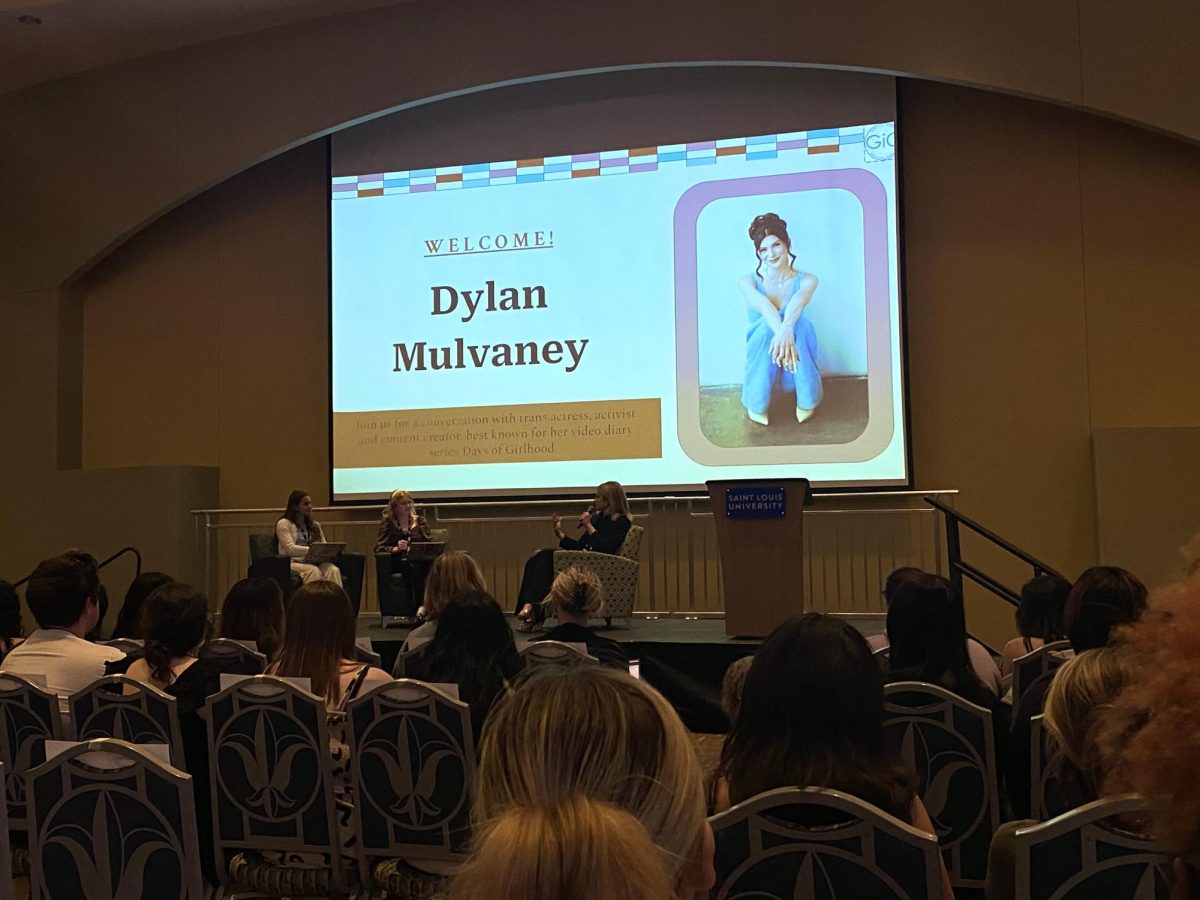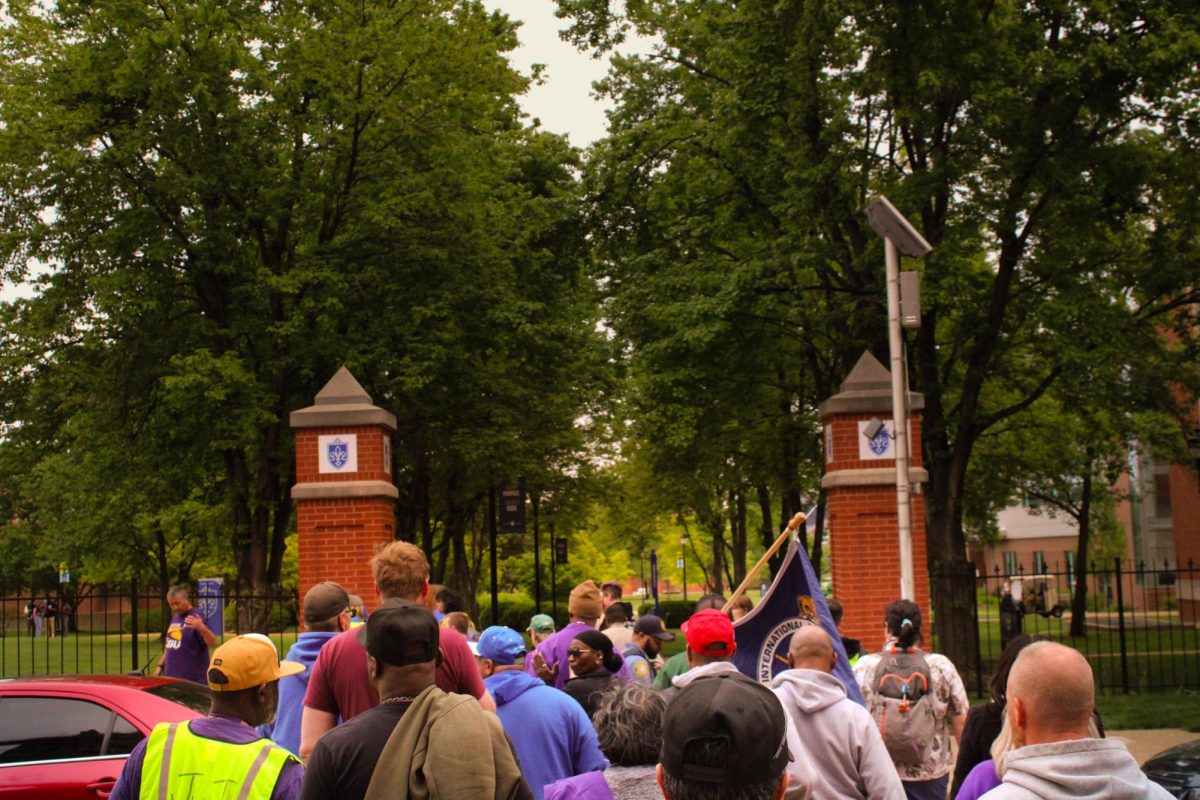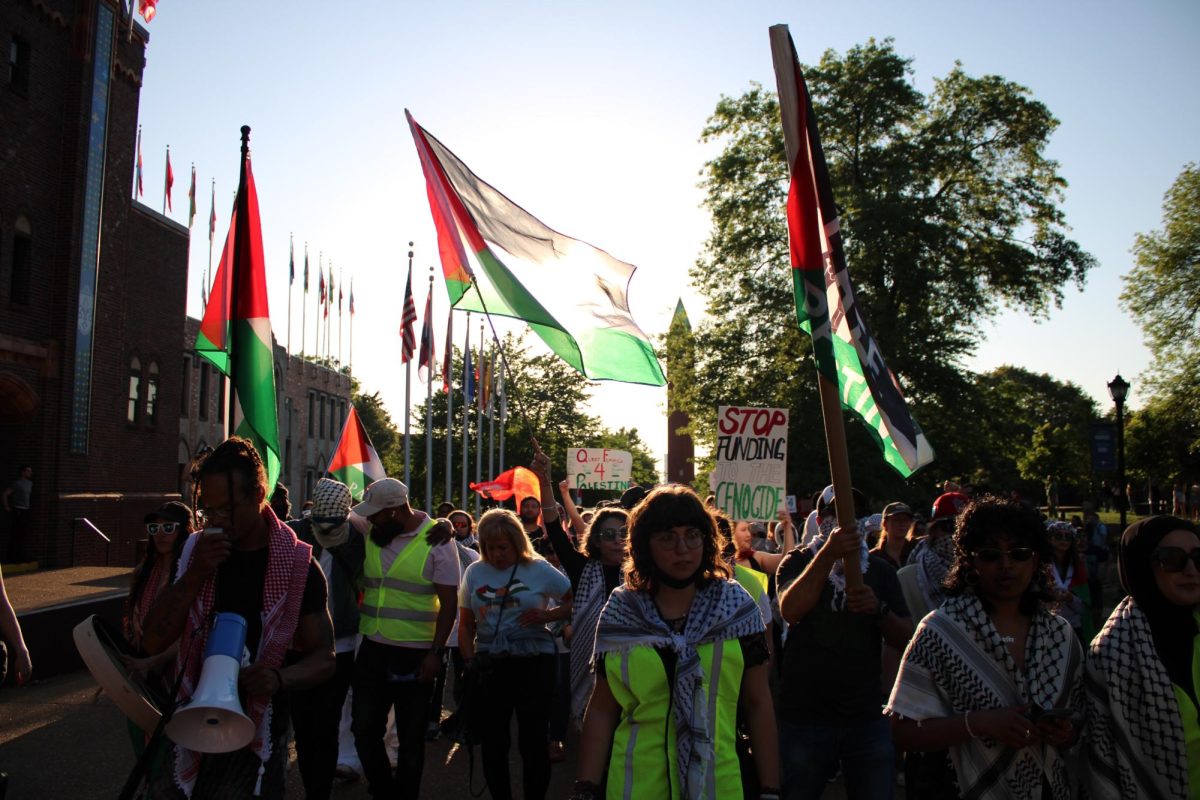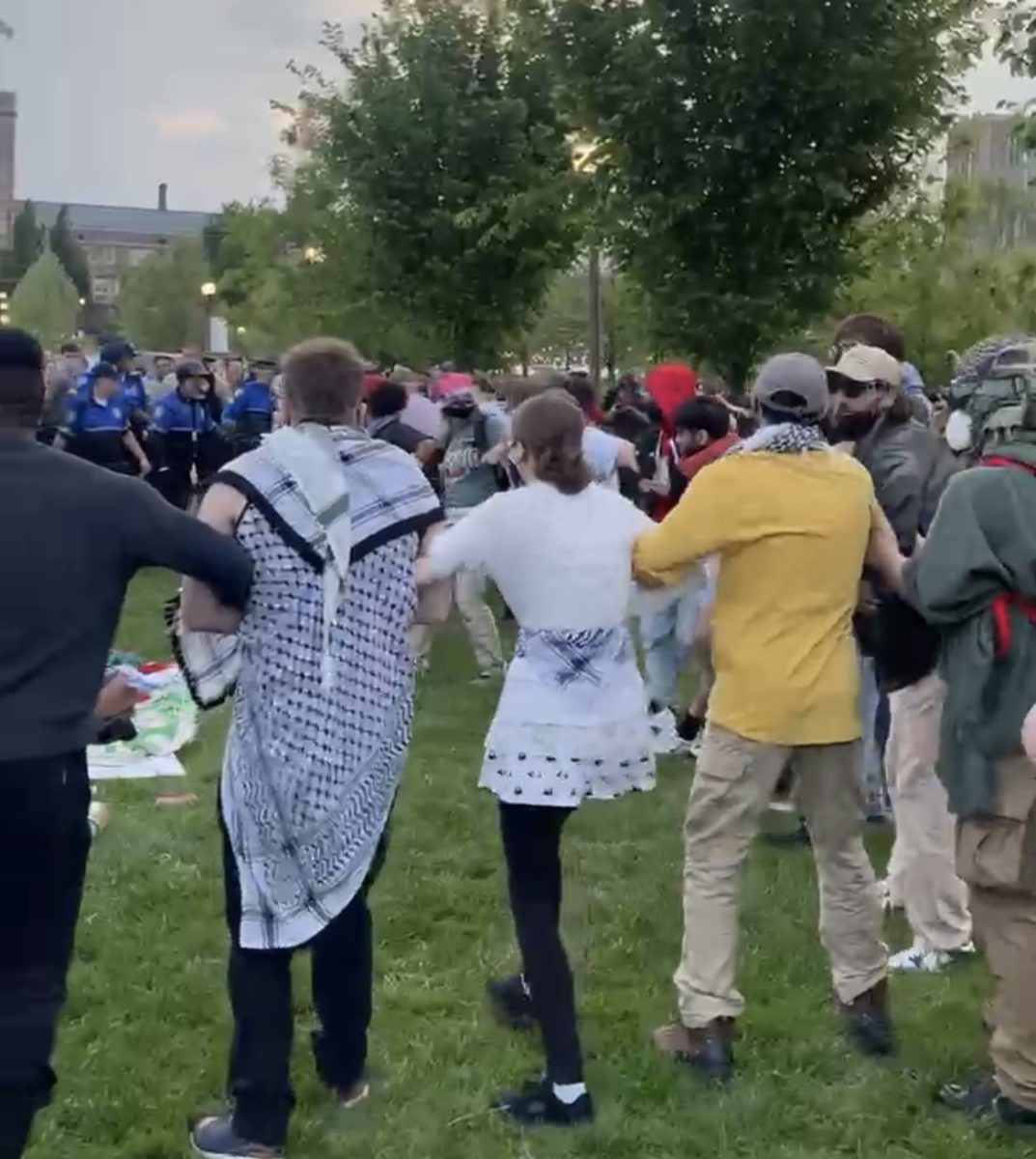As a child, attending space camp taught senior Kerry Fessenden one important lesson: space is closer than it seems.

Fessenden and her fellow students at Parks College of Engineering, Aviation and Technology realize this lesson as they wait to hear back from NASA regarding proposals for two of their 2.2 pound, four inch long cube-shaped satellites called CubeSats to be launched into orbit.
“It is pretty awesome to design something that has the chance to go into space,” Fessenden, an Aerospace Engineering major, said. “We are waiting to hear back from NASA and we are very hopeful that we will be chosen.”
That decision is expected to come by Jan. 31, as this is the second major opportunity for small satellite payloads to fly on NASA-funded rockets planned to launch in 2011 and 2012. The first major CubeSat launch took place in June 2003, and dozens have been launched every year. CubeSats are a class of research spacecraft that are being designed and developed with contributions from companies, universities and high schools.
Since fall, 10 students have been working on two separate satellite projects and in November they sent in proposals to this program.
“We’re anticipating some exciting proposals for this pilot program with hopes to break down the barriers to the launching of CubeSats,” said Jason Crusan, chief technologist for NASA’s Space Operations Mission Directorate in Washington. “There are organizations that have been waiting a long time for a chance to see their satellites fly in space.”
Parks College is one of those organizations, as the college has never had an object launched into space. Interim Dean of Parks College, Krishnaswamy Ravindra, is excited for the possibilities of these projects and the educational opportunities that they provide students.
“The activities in the Space System Research Laboratory provide a platform for our students to work on very well defined space related projects in a team work environment,” Ravindra said. “The work experience the students gain prepare them well to enter the industry after graduation.”
There are currently two projects being developed by SLU students in this research laboratory. Fessenden and three other students are working on the “MR LEO” team and six other students are working on another CubeSat called “COPPER CUBE.” Both of the projects are similar in size and weight but their mission objectives and components have some key differences.
The “MR LEO” team is focused on communication subsystems, as it is equipped with a cellular transmitting radio allowing data to downlink to cellular towers and relay information directly to personal cellular devices. “MR LEO” will relay readings on the earth’s magnetic field with this revolutionary down link system and it is estimated to last for 10 days in orbit.
“This is really great for us because it allows us to be creative and use all the things that we learned in the classroom,” Fessenden said.

Junior Computer Engineering student Steve Massey reiterated this sentiment of creativity as his team developed the other CubeSat the “COPPER CUBE” to identity free flowing space craft using thermal imaging.
“I love the hands-on approach. In our project, we are basically trying to identify what satellites are nearby and what they are doing with our CubeSat,” Massey said. “It is nice to actually get to work on the hardware that the industries expect you to know and hopefully this leads to a job in the space industry.”
Assistant Professor and Director of Space Systems Research Laboratory, Sanjay Jayaram, believes these projects are “crucial” for engineering students to get hands on experience and a foot in the door in the space industry.
“These students are very lucky that they are getting the opportunity to do space-based research and hopefully they will get their satellites launched on one of the NASA rockets,” Jayaram said.


